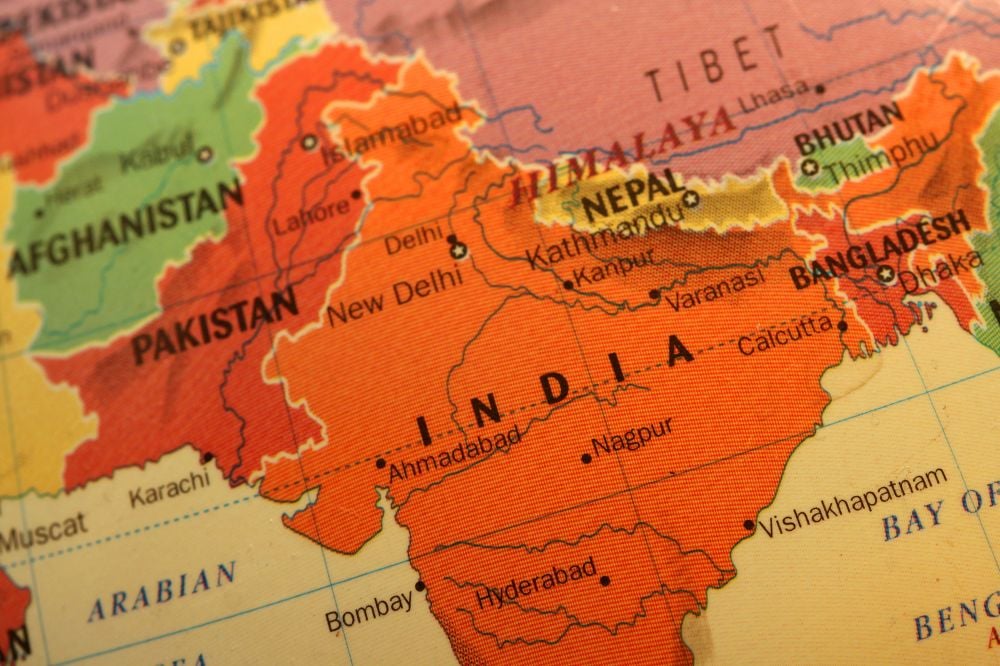The word “subcontinent” refers to a large landmass separated from Asia by some exceptionally large mountains to the North (the Himalayas) and by oceans on the other three sides of that landmass. The largest country within the subcontinent is India. It also includes the countries of Pakistan, Bangladesh, Nepal, Bhutan, and Sri Lanka. When it comes to knowledge in the United States about intellectual property protection in India, most (at best) might say “I’ve heard of India; I kind of know where it’s at.”
Two Billion People!
A key point about the subcontinent is its population – over two billion people. These over two billion people generally love American brands. When over two billion people love American brands, U.S. business clients should pay attention. In comparison, the population of the United States is approximately 360 million people. The subcontinent has more than five times the population of the United States, living in an area less than half the size of the United States, making it very concentrated.
English is Well Known
In addition, English is one of two official languages of India and Pakistan. Although not an official language of Bangladesh, Nepal, Bhutan and Sri Lanka, English is widely taught and used in higher education and business in those countries. We can go on and on and give you more facts about the subcontinent, but the most important fact is that the subcontinent presents a market of over two billion consumers that either speak English or are very familiar with English.
Monetizing IP
Intellectual property rights are needed in order to effectively monetize a marketplace, whether they are patent rights, trademark rights, or copyright rights. Recall that intellectual property rights are territorial, which means they are limited by political borders. Your client’s intellectual property rights in the United States have little to no value in any other country. For IP protection there, your client must secure its IP rights in the countries of the subcontinent (and especially in India, the largest market on the subcontinent).
Your client can directly market in India or license its intellectual property rights to someone or some entity for exploitation in India. Your client might say that India is too far away, too unknown, and not worth the trouble, but how can an over two-billion-person market be too much trouble?
India is Not a Poor Country
According to an Indian government source (PRICE / IBEF), in 2020-21, the population of the Indian middle class was approximately 432 million and is projected to grow to 715 million by 2030-31 (which would make the middle class approximately 47% of the population). The middle class as a percentage may not be as impressive as in most Western countries, but the sheer size of India’s middle class far exceeds the total population of many Western countries. The size of India’s middle class is larger than the entire population of the United States!
Amazon Brand Registry Nuances
India is one of Amazon’s approved Brand Registry countries. Amazon’s Brand Registry extends to other marketplaces as well, which makes the Amazon Brand Registry interesting and complicated. A U.S. trademark registration with Amazon Brand Registry may seem to provide rights in India but they may be illusory. Certain features of Amazon’s Brand Registry program – for example reporting a violation or automated counterfeit removal – are apparently more effective in India if you also have an Indian trademark registration. Without that Indian trademark registration, Amazon’s Brand Registry may treat your trademark infringement claim as an unverified claim. This is because of the way Amazon verifies brand ownership quickly in an automated enforcement action.
Generally speaking, it is less expensive to secure intellectual property rights in India than in most other countries. However, it pays to be cautious. A U.S. client attempting to obtain a foothold in the Indian intellectual property arena would be wise to retain the services of a U.S. attorney that is experienced in the landscape of intellectual property law providers in India.










